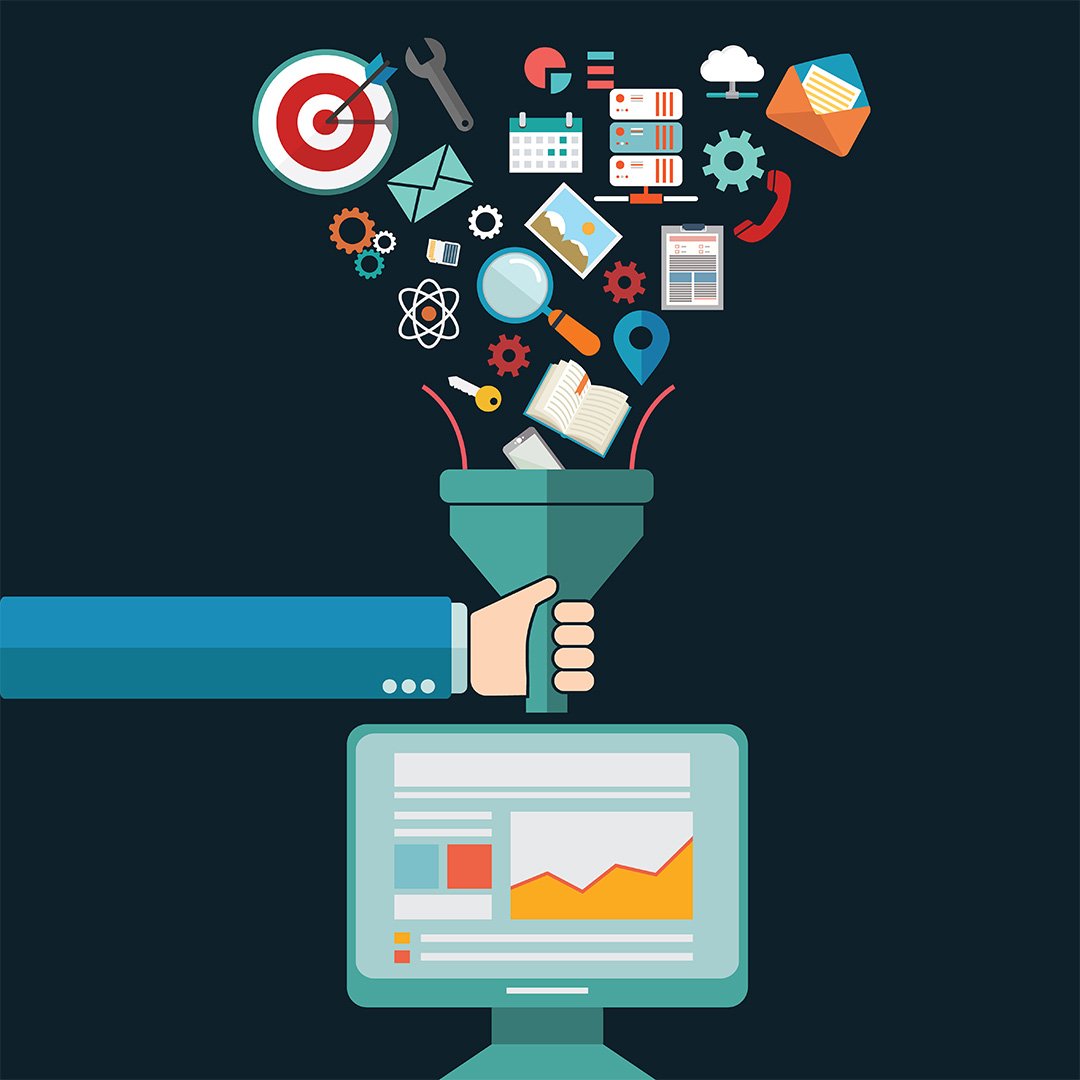14 min read
The Ultimate Guide to Film and TV Marketing
The Ultimate Guide to Film and TV Marketing Table of Contents 1. Building Your Strategic Foundation 2. Audience Intelligence and Precision...
7 min read
Data Storytellers at Trilogy : Aug 20, 2025 2:35:29 PM

Event marketing operates in a pressure cooker where every decision must be right from day one. Whether promoting concerts, sports events, or festivals, the clock starts ticking the moment tickets go on sale. Unlike traditional marketing campaigns that can pivot based on results, you can't extend your timeline or adjust your strategy mid-flight when something isn't working.
The stakes couldn't be higher. Every empty seat represents lost revenue that can never be recovered. Every marketing dollar spent on the wrong channel or audience is gone forever.
This guide reveals the marketing strategies that actually work in the high-pressure world of event marketing. You'll discover how to target the right audiences, create multi-channel campaigns that convert interest into sold-out shows, and build systems that deliver results consistently.

Concert tours sell differently than one-off shows. Each type of event comes with its own unique challenges, audiences, and success metrics. Understanding these distinctions is key for developing effective strategies.
Concert tours benefit from momentum and word-of-mouth as they progress from city to city. Early success in one market can fuel ticket sales in the next. One-off shows, in contrast, require concentrated firepower as all marketing efforts must peak at exactly the right moment.
Mainstream sports like NFL or Premier League games often sell themselves. Niche sports face an uphill battle for attention. Understanding your sport's position in the market hierarchy is key to adjusting expectations and strategies accordingly.
These events tap into existing networks and communities, offering both advantages and limitations. Built-in audiences through congregations or community groups are a significant asset, but they also define boundaries. Success requires balancing insider messaging that resonates with the faithful while remaining accessible to newcomers.
Empty seats cost more than just lost ticket revenue. They impact:
Understanding this full economic picture transforms event marketing from a cost center into a critical revenue driver. Every percentage point of capacity matters.

Event marketing operates under a unique pressure that sets it apart from every other type of marketing: you have a fixed number of seats that become worthless after showtime. Whether it's 500 seats at a local venue or 50,000 at a stadium, every empty seat represents lost revenue that can never be recovered.
This isn't just about compressed timelines (though those matter too). It's about filling physical spaces with real people. You can't manufacture more seats, extend the venue, or recover lost ticket sales after the show ends.
Unlike e-commerce where you can restock products or SaaS where you can acquire customers year-round, event marketers face hard limits.
You have a capacity of X and anything less than X represents a lost opportunity. Every empty seat costs revenue, concessions, and potentially impacts future attendance.
Every percentage point of capacity matters. The difference between 85% and 95% sold can determine if an event is profitable.
Event marketers test creative and copy but do it faster and with more focus. While traditional campaigns might spend weeks testing different approaches, we compress A/B tests into days.
Our testing approach:
The key difference: we can't afford slow learning cycles. When tickets are on sale, every day of poor-performing creative costs revenue.
Success requires removing as many variables as possible before launch:
For events, you can't rely on "we'll figure it out as we go." The window is too short and the stakes too high.
There's no standard timeline for event marketing. It depends entirely on the event type and scale:
The common thread isn't the specific timeframe. It's staying fast and nimble within whatever timeline you have. You need to hit sales goals while filling venue capacity, regardless of whether you have weeks or months.

Success in event marketing requires knowing exactly who will buy tickets and reaching them through multiple touchpoints. Generic demographic targeting wastes precious time and budget.
Each event type attracts distinct audience profiles:
Demographics, however, only scratch the surface. Behavioral data reveals the real insights that drive ticket sales.
Start with your core audience (previous attendees, email subscribers) and expand outward:
Budget allocation should mirror this graph, with spending increasing as you move outward, but ROI expectations decreasing proportionally.
Traditional radius targeting around venues often misses the mark. Smarter approaches include:

Single-channel strategies fail in event marketing. Success requires orchestrated campaigns that leverage data-backed strategies across multiple touchpoints, each playing a specific role in the conversion journey.
Direct channels remain the highest-converting for events. Do the upfront analysis and have the permission-based lists ready before launch, so you're not building them during the campaign.
Social serves three purposes in event marketing:
Behind-the-scenes content, artist interviews, and fan testimonials create authentic connections that pure advertising cannot achieve.
Strategic partnerships multiply marketing reach:

Pricing and sales strategy can make or break an event, regardless of marketing effectiveness. The psychology of ticket buying differs from other purchases.
Modern event marketing front-loads demand:
This shift requires aggressive early marketing and pricing strategies that reward quick decisions.
Event tickets aren't commodities. They're experiences. Pricing must reflect:
The line between urgency and desperation is thin but critical:
While airlines and hotels have used dynamic pricing for decades, events are catching up. Considerations include:
The key is transparency. Customers accept dynamic pricing when they understand the model.

Ticket sales are the obvious metric, but smart event marketers track deeper indicators that predict long-term success.
The average event ticket buyer encounters 7-12 marketing touchpoints before purchasing. Attribution models must account for:
Traditional ROI oversimplifies event marketing success:
Including concessions, parking, merchandise, and future ticket sales paints the complete picture.
Every event should grow your marketable database:
Success extends beyond event day:
These metrics inform future strategies and justify marketing investments to stakeholders.

Learning from failures prevents repeated mistakes. These pitfalls trap even experienced marketers.
Traditional media seems logical for events - broad reach in local markets. Reality proves otherwise:
Unless you have unlimited budgets or specific strategic reasons, digital channels deliver better ROI.
Many event marketers operate blind, unable to connect marketing efforts to ticket sales. Common attribution failures:
Without attribution, you're guessing rather than optimizing.
Even traditional event audiences now live digital-first lives:
Marketing strategies must reflect these realities.
The biggest pitfall remains timing. Many events start marketing only after tickets go on sale, missing crucial pre-launch opportunities:
When tickets launch, audiences should already be primed and ready to buy.

Event marketing success isn't luck - it's preparation. Teams that achieve sell-outs have built systems, databases, and processes that work consistently.
When selecting agencies or vendors, ask:
Partners talking about "brand building" and "long-term awareness" may not understand event marketing urgency.
Before Your Next Event:
Increasing privacy regulations impact targeting capabilities:
Smart marketers are building direct relationships and owned data assets now.
New channels constantly emerge:
Early adopters gain competitive advantages, but only if their audiences are actually there.

Ready to transform your event marketing? The difference between sold-out shows and empty seats comes down to having the right strategy, systems, and execution. Start building your data-driven approach now, because when tickets go on sale, it's already too late to figure it out.

14 min read
The Ultimate Guide to Film and TV Marketing Table of Contents 1. Building Your Strategic Foundation 2. Audience Intelligence and Precision...

7 min read
Table of Contents The Executive's Dilemma: When Good Marketing Feels Like a Tightrope Walk The Visible Pain Points: When Tomorrow and Next...

7 min read
How Data Powers Smarter Film Marketing "The cameras stop rolling. The final cut is locked. While this might feel like the end of the journey, a...